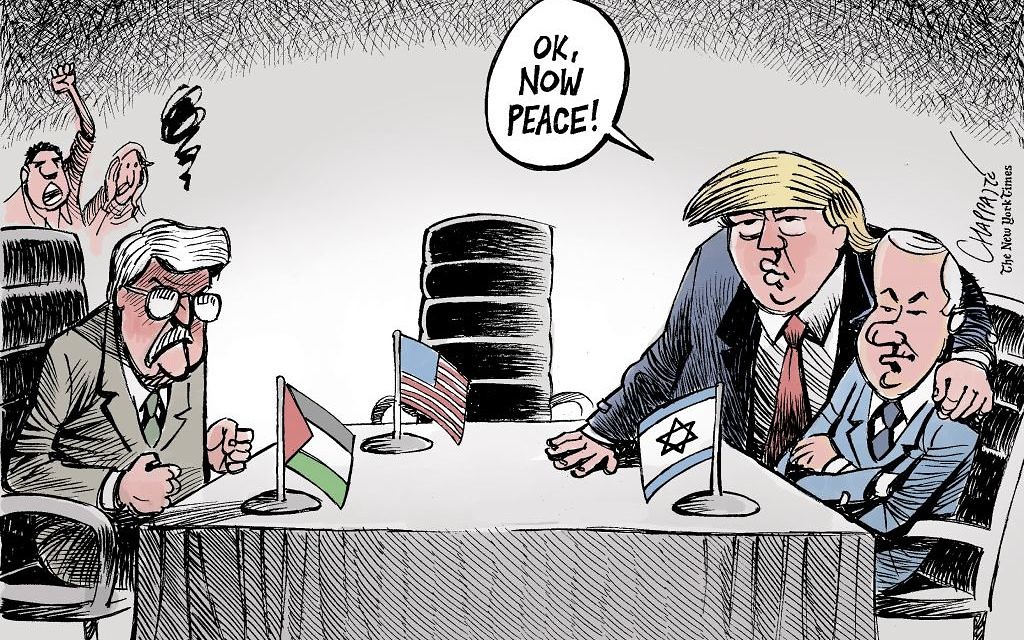‘Facts on the Ground’ in Jerusalem
A Friday afternoon walk is one of the rare times when peace descends on the holy city.
“Pray for the peace of Jerusalem.”
— Psalms 122:6
My favorite walk in Jerusalem begins on Rashba Street in the Rehavia neighborhood.
At the corner I turn right onto Sderot Ben Maimon.
Get The AJT Newsletter by email and never miss our top stories Free Sign Up
On a Friday afternoon in spring, passers-by carry groceries and maybe flowers. Planters outside apartment windows are dripping with bougainvillea, their brilliant shades of pink, purple and red set against the Jerusalem stone.
At a left turn onto Menahem Ussishkin Street, the branches of trees overhang the sidewalks. Looking into ground-level apartments, I see tables being prepared for Shabbat.
As the afternoon passes, automobile noise fades, and a relative quiet ensues. In that moment, in that corner of Jerusalem, there is peace.
I first took this walk while living in Jerusalem more than 30 years ago. I’ve walked it on every visit since.
Google Earth shows me that much has changed in the neighborhood, most notably construction of new apartments.
There is a story about then-New York Mayor Ed Koch lamenting to then-Jerusalem Mayor Teddy Kollek about the age of sewer pipes in his city.
“You think you have problems,” Kollek replies. “My water system goes back 3,000 years!”
Some 866,000 people — 63 percent Jewish and 37 percent Arab (of whom 95 percent are Muslim and 5 percent Christian) — live in the city.
Jerusalem has problems like any sizable city, but also others that are unique, stemming from issues of religion, history and politics.
“The strangest thing about the tangible city of Jerusalem, though, is that it apparently exists only because of symbolism,” Israeli journalist and historian Gershom Gorenberg wrote recently. “The only resource it has ever had to sell is sanctity.”
History, mythical or real, has made Jerusalem sacred to Jews, Muslims and Christians.
Jerusalem has been the seat of Israel’s government since the 1948 War of Independence. Israel has controlled the whole of Jerusalem since the 1967 war, when the victors reunited the western and eastern (including the Old City) sectors of the city, the latter having been in Jordanian hands since 1948. Arabs have envisioned that the capital of a future nation of Palestine would be located in the eastern sector.
The conventional view has been that the future of Jerusalem would be part of a larger negotiated agreement between Israel and the Palestinians.
No country currently maintains an embassy in Jerusalem. Successive American administrations have signed a waiver every six months to bypass the Jerusalem Embassy Act of 1995, in which Congress directed that the U.S. Embassy relocate from Tel Aviv.
President Donald Trump altered the status quo by identifying Jerusalem (not west, not east, not unified, just Jerusalem) as Israel’s capital, calling it “nothing more, or less, than a recognition of reality.”
Foreseeing a new reality, Trump ordered the State Department to begin the process (expected to take several years) of moving the U.S. Embassy while also again signing the waiver (to forestall a reduction in State Department funds mandated by the act).
In essence, Trump borrowed an Israeli strategy by creating, at least verbally, a “fact on the ground,” forcing other players — particularly the Palestinians — to adjust their strategies.
“We are not taking a position of any final-status issues, including the specific boundaries of the Israeli sovereignty in Jerusalem or the resolution of contested borders,” Trump said, adding that “the United States would support a two-state solution if agreed to by both sides.”
While expressing delight with Trump’s statement, the current Israeli government has appeared content with things the way they are. In equal measure, what the Palestinians regard as a prejudicial action by the United States is a log thrown on the smoldering fire of their discontent.
Thus, Dec. 6 has become another date on the calendar destined to be viewed one way by Israelis and another by Arabs. There are many such days.
I do not presume to know how all this will play out.
All that most of us interested in this issue can do is to pray for the peace of Jerusalem, but prayers alone might not be enough.





comments